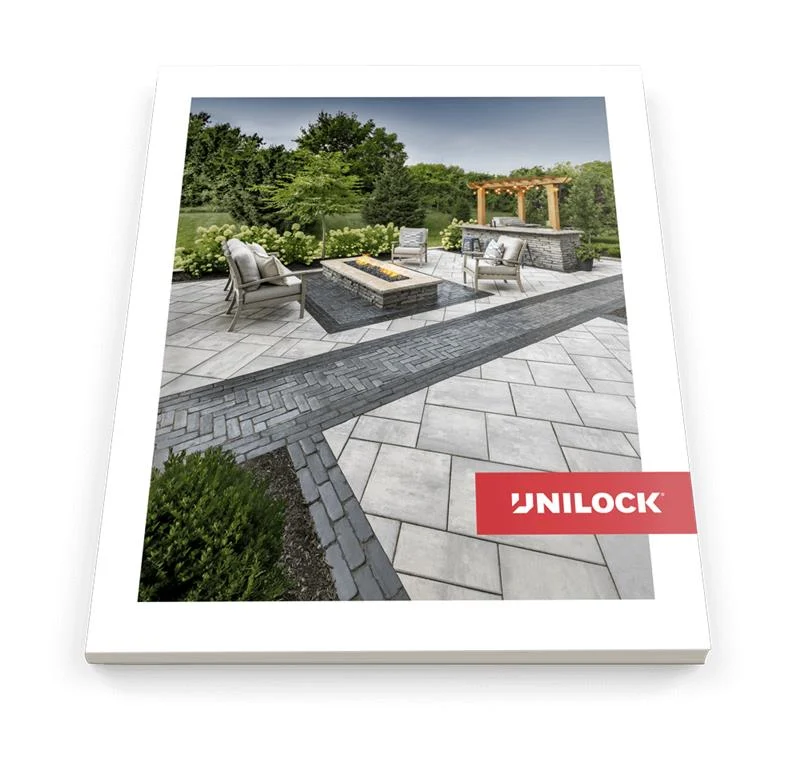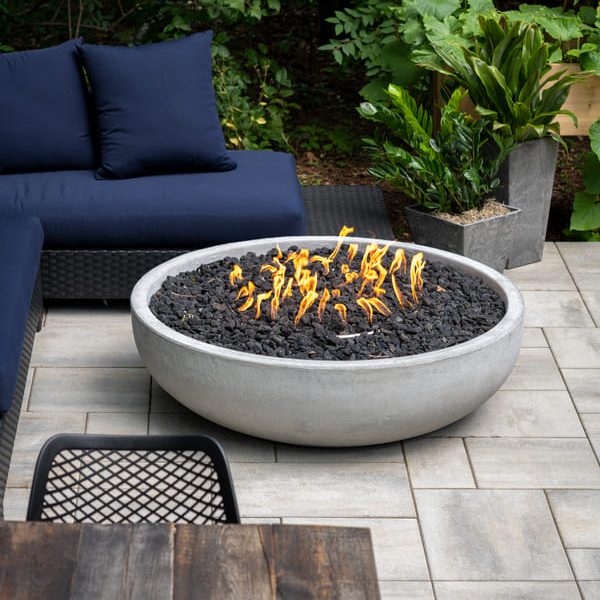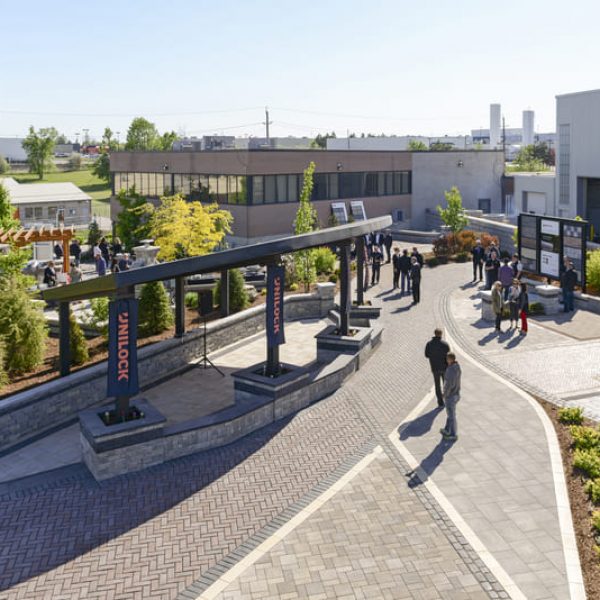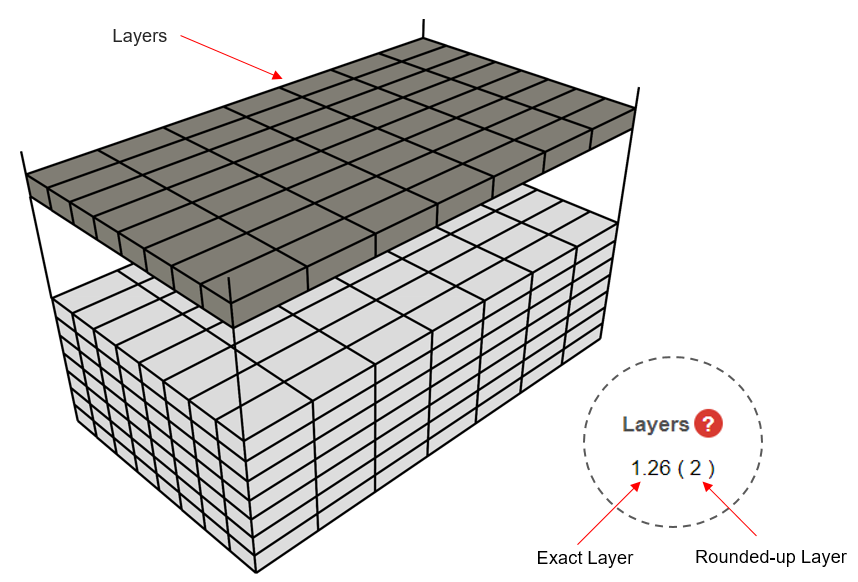
Retaining walls are usually installed to provide soil management on sloped properties. However, they are also a popular way to add visual interest to your landscape. Here are 7 functions of retaining walls in Islip, NY:
1. Soil management
Soil management on sloped lots is the primary function of retaining walls. They present a barrier that prevents soil from shifting or sliding downslope, especially when there is heavy rain or lack of trees or other vegetation to hold soil in place. Since Islip sees its fair share of rain, this is an effective way to prevent erosion and also to reduce stormwater runoff. Steep slopes and heavy-load soil management will require a heavy-duty solution, such as SienaStone from Unilock.
2. Added functional space
While enjoying a bird’s eye view of the surrounding landscape is lovely, it can also mean that there’s little more than a postage-stamp area on the downhill side of the home that can be used to relax, entertain, or play – and in some cases, there’s not even that much! Many homeowners use retaining walls faced with a stone texture, such as Rivercrest Wall, to create attractive multi-functional spaces and expand their outdoor living opportunities. Terraces provide options for easily-accessible plantings or gardens; they also help create dramatic multi-level outdoor living spaces and add value to the home.
Related Read: What Color Options Work Best for Retaining Walls?
3. Lighting
For more complex outdoor living spaces, retaining walls offer a simple and elegant solution to integrate low-voltage lighting, without the added clutter of light posts; they also give an opportunity to run utility lines to the furthest corners of the patio or pool deck. Walkways, steps and patios benefit from lighting placed at knee height or below, to effectively light your way without causing glare. Sconces placed at eye level offer gorgeous light that emphasizes the texture of the wall. And, light fixtures attached to pillars at the end of retaining walls communicate, “you’ve arrived.”
4. Artistic expression
Who’s to say that a retaining wall has to be all work and no play? Incorporate fountains into the wall for sophisticated old-world elegance; or create niches to display art, to make a walkway even more interesting.The old world appearance of Brussels Dimensional System is ideal for this.
5. Overflow seating
It’s nice to offer guests a place to sit, especially if you’re hosting a large party that would otherwise require additional chairs. Retaining walls offer clutter-free seating around your patio, fire pit, or adjacent to an outdoor kitchen. Use a refined coping option, such as Ledgestone, to ensure comfort.
Related Read: 3 Retaining Wall Designs that will Transform your Landscape
6. Optical illusions
If your backyard or outdoor living space feels huge and impersonal, use retaining walls to break up the expanse, define uses, and create more intimate gathering places. If your outdoor space is very small, use curved retaining walls, like those achieved using Concord Wall to gently guide the eye in a meandering pattern that gives the illusion of more space.
7. Visual interest
Even if your landscape doesn’t “need” a retaining wall, it’s an opportunity to create visual interest. For example, a flat yard could benefit from a raised garden to create a vertical element. Or, a low wall several feet from your home’s foundation gives a clean and finished look to the planting area intended to hide the foundation. Given the vast choices of materials and colors available from Unilock, a retaining wall can complement any architectural style and add value to your property.








